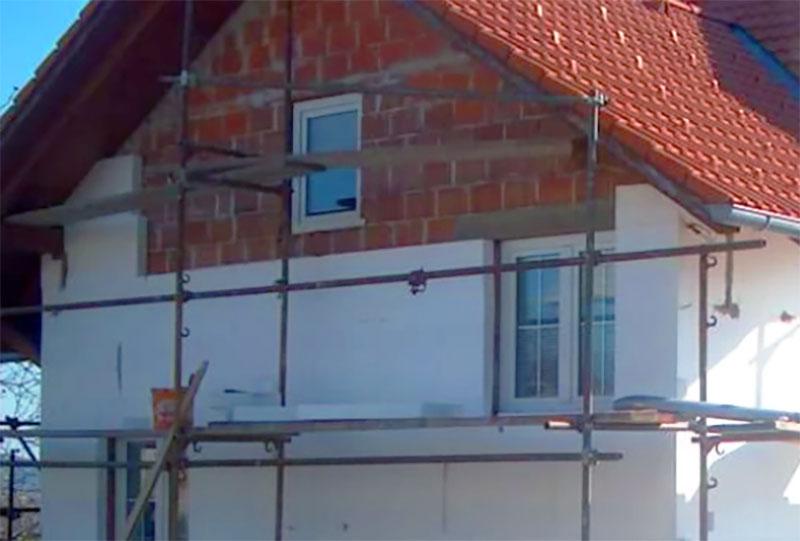As the cold season approaches and concern over rising utility bills, especially electricity and gas, grips most of us, the topic of making our homes efficient seems more relevant than ever. So, how can we consume less energy and reduce the cost of bills in the coming period, but still enjoy thermal comfort? Home insulation in the correct way, with the right products. Insulation of a building provides resistance to heat flow and reduces heating and cooling costs but also improves comfort.
The most used insulating materials such as polystyrene (expanded polystyrene and extruded polystyrene) or mineral wool, foam and more, it works by slowing convective heat flow. Heat flows from warmer to cooler areas until the temperature difference disappears. To stop this process and not to lose all the heat inside your house, it is necessary to insulate the house correctly, whether it is a new or an older construction.
Types of home insulation
Insulating materials are found in a wide range such as mineral wool, cellulose and other natural fibers, expanded polystyrene, extruded polystyrene, foam and more. They present significant differences between them in terms of consistency, material hardness, resistance, handling, application and cost.
House insulation with expanded polystyrene and extruded polystyrene
Like mineral wool that is divided into two important categories, polystyrene is also divided into expanded polystyrene and extruded polystyrene.
Expanded polystyrene is presented in the form of plates with different thicknesses, to fit in as many situations as possible and has the color white most of the time. It has a spongy structure and is ideal for use in insulating facades and walls.
Extruded polystyrene is mainly used for the insulation of areas with high humidity such as house plinths, foundations, basements, pillars and beams, terraces, thus stopping the penetration of moisture.
Unlike expanded polystyrene which is most often found in the white version (there is also a graphitized expanded polystyrene, which has a gray color, which has a higher cost but also more good properties), extruded polystyrene can be green, pink, blue and even orange.
The latter has an increased resistance to compression, thus protecting the constructions and by clearly superior mechanical resistance to expanded polystyrene.

House insulation with mineral wool
Mineral wool is divided into glass wool and basalt wool. Mineral wool is one of the most used materials used for the insulation of a house. This is in the form of very thin and long fibers, overlapped and arranged in the form of rolls.
Glass wool and basalt wool have in common the fact that they both insulate very well both from a sound point of view as well as thermally, they are fireproof products, i.e. they do not present the risk of spreading a possible fire and they are mounted in the same way.
Only basalt wool is recommended for the insulation of external walls, ceilings and floors, terraces and ventilated facades, having a high resistance. On the other hand, glass wool has more flexibility and is indicated for insulation of false ceilings, partitions, for insulation of attics/roofs. In case of unevenness in the walls or floor, mineral wool will help to level it correctly precisely because of its flexibility. You can opt for a complete basalt wool thermosystem.
Polyurethane foam
This is another very good insulating material, offering a high thermal performance, especially by reducing thermal bridges through which heat is lost.
It is easily applied by authorized personnel by spraying a relatively thin layer that expands, has a low weight (without complicating the construction). Polyurethane foam allows the insulation of even the least accessible corners and areas.

Ваш комментарий будет первым